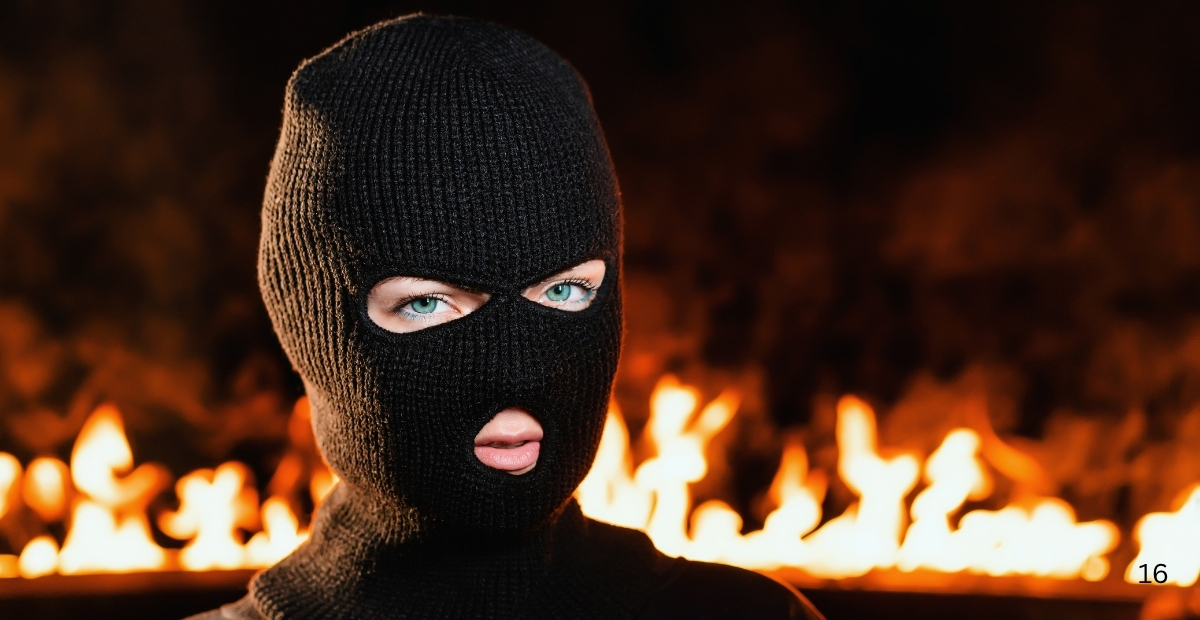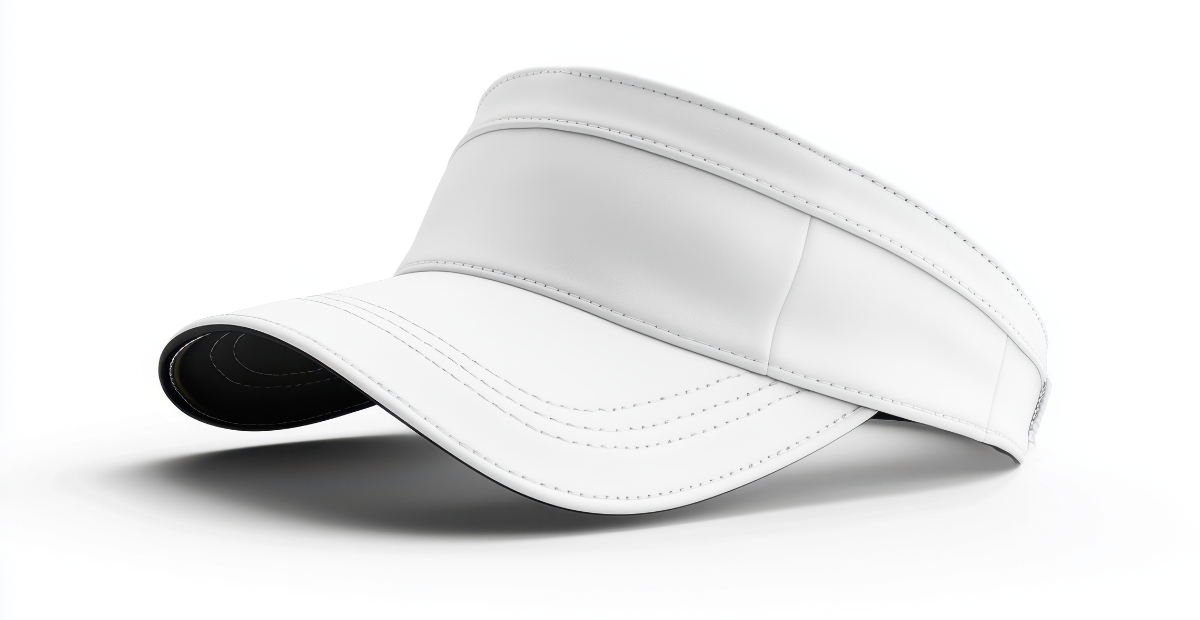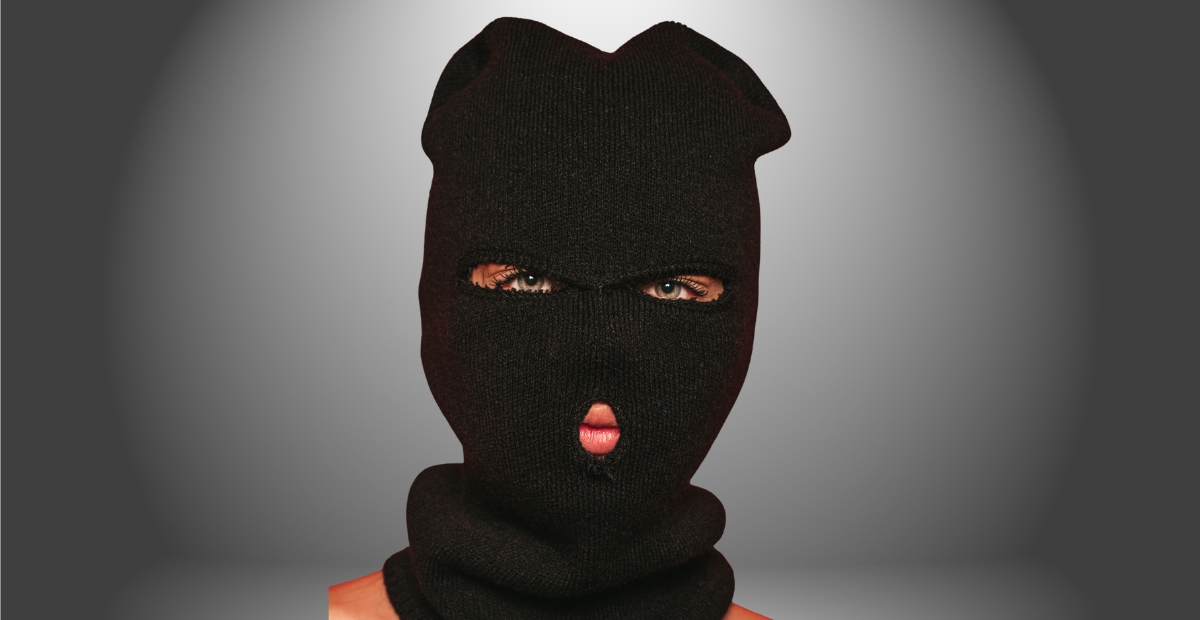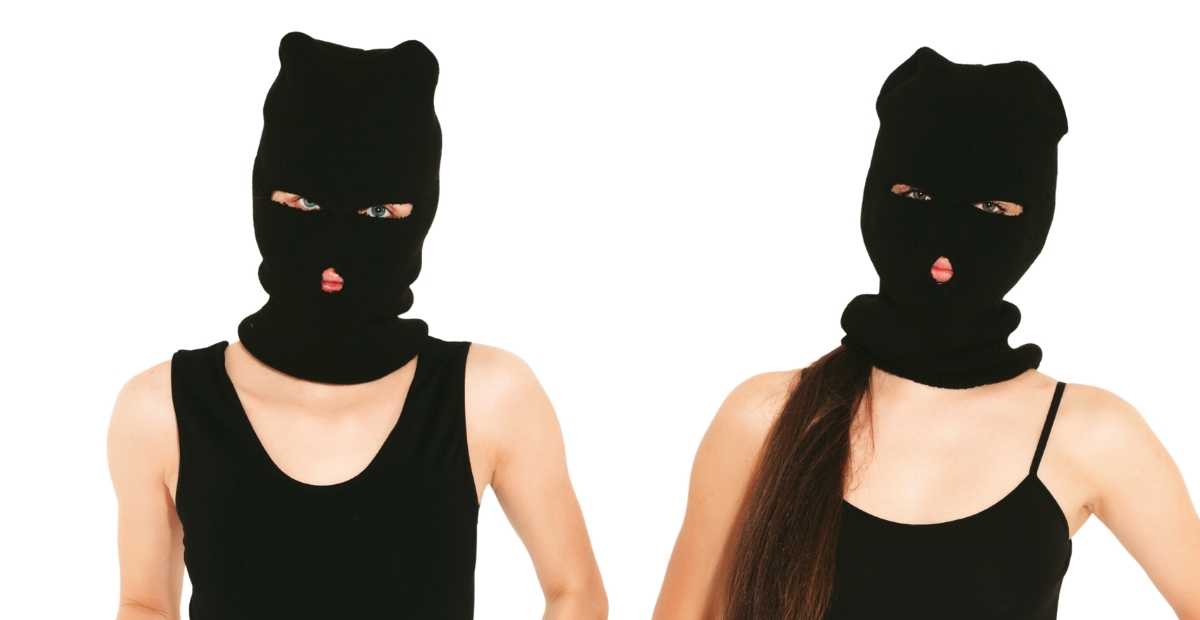As winter sets in and the cold winds start to bite, one piece of headwear becomes essential — the balaclava (often referred to as a ski mask). It is a snug and warm accessory that is perfect for those who will be skiing, caught in a snowstorm or simply commuting during the winter — providing much needed comfort and protection from the cold. But is there a real difference between a balaclava and a ski mask? This article aims to find the answer.
Table of contents
The Origin of the Balaclava
The term “balaclava” comes from the Crimean War place called Battle of Balaclava (1854). As winter set in during the war, British soldiers had to face one of the harshest winters in the Crimea unprepared. To protect their faces and heads, soldiers wore hand-knit warm clothing, later called balaclavas after the battle’s location.
Over time, design needs transformed the mask from a necessity of wartime full face coverage, to a versatile piece of cold weather gear for mountaineers, motorcyclists, skiers, and other outdoor lovers.
The Term “Ski Mask
In the modern, more casual vernacular of the 20th century, people began using the term “ski mask” to describe a balaclava designed for skiing.. The ski mask provides enough coverage to retain warmth, yet allows for passage of air to the mouth, is unencumbered for vision, and is useful in protecting from the wind.
Though people often use “ski mask” and “balaclava” interchangeably, calling them the same is an oversimplification..The term “ski mask” refers to performance-oriented balaclavas designed for skiers and snow sport enthusiasts. These masks feature modern, lightweight, moisture-wicking synthetic materials instead of traditional wool, offering enhanced functionality and comfort during high-performance activities..
Sure, there is an expanded, more thorough version of **”The Many Styles and Designs” ** section, in which the additional written sections proposed, allow for each style and design to be fully articulated, thoroughly detailed, and clearly explained.
Designs and Styles
Balaclavas are designed and produced to fit many styles . These styles aim to fit specific seasonal conditions, comfort levels, and user activities.. From the simple knitted head coverings of the past to today’s multifunctional modern headwear alternatives, the balaclava has changed to serve many needs. In contemporary production, a balance between warmth, breathability, and even style has become a goal. In the following paragraphs, we will analyze the most popular styles, focusing on the distinguishing features and the intended functions.
Full-Face Balaclava
The full-face balaclava was and is still the design of choice for complete head, neck and face coverage while only exposing the eyes. During extreme cold or gusty windy conditions, full face balaclavas are helpful, as every inch of human skin needs protection. Skiers, snowboarders, and mountaineers seek maximum insulation from this design. In addition to insulation, some designs incorporate small mesh panels around the mouth and nose to improve breathability and prevent moisture buildup during heavy breathing in cold air. These styles commonly use insulating fleece, wool, or windproof synthetic fabrics..
Convertible or Modular Balaclava
““Multi-way” or “modular” style balaclavas let you adjust how much of your face you cover.. You can use them as full balaclavas, neck gaiters, half masks, or beanies.. This feature is valuable for people who partake in different outdoor activities one after the other, such as skiing in the morning and hiking in the afternoon, or for people who want to relax at a lodge afterward. These models often incorporate zippers, snaps, or fold-down panels to facilitate quick and easy adjustments to the balaclava. These adjustments provide control of the balaclava’s ventilation and coverage to respond to changes in the weather.
Open-Face Balaclava
The design of the open-face balaclava leaves the full face exposed while covering the head, neck, and the upper shoulder region. This design provides warmth while allowing for unfettered movement of the face, a feature appreciated by motorcyclists, construction workers, and runners in winter, and it is equally valuable to people in the open for communications. To increase the versatility of the wearer, some open-face styles provide longer neck panels that tuck into jackets or layer under helmets. This style of balaclava is ideal for moderate cold conditions when you don’t need full coverage. It provides warmth while keeping your face easily accessible.
Half Balaclava or Neck Gaiter
The half balaclava is lightweight headwear that some people call a neck gaiter, tube scarf, or buff, is for people who want minimal coverage. It protects people during long periods of outdoor activity such as running, cycling, or hiking in cool but not cold weather.. keeps the throat and mouth area warm while leaving the head and most of the face exposed for ease of breathing. It uses lightweight materials that wick away moisture, dry quickly, and protect you during activity.
Sport-Specific Balaclavas: The Ski Mask
The term “ski mask” typically refers to a sport-specific balaclava. These recreational balaclavas feature lightweight, breathable designs and fit comfortably under sporting helmets and goggles.. ““Ski masks” also use flatlock seams, vented mouth panels, and thermal fabrics to regulate temperature during intense activity.
These types of balaclavas keep your face warm during sports while preventing overheating, making them ideal for skiing, snowboarding, and snowmobiling.. This is also a reason why many professional athletes prefer this style for its comfort and technical performance.
Tactical and Military-Grade Balaclavas
Apart from recreational usage, balaclavas can also be used as tactical and practical elements. Military and law enforcement personnel use specialized versions made from flame-resistant or moisture-wicking materials. These balaclavas are often designed to fit comfortably under helmets and communication gear and come in neutral or camouflage colors. Their warmth-conserving purpose also includes concealment, dust protection, and a degree of anonymity in field operations.
Fashion and Streetwear Balaclava
Balaclavas have fully evolved from utilitarian pieces to bold fashion statements. Streetwear and high-end designers have transformed and redefined the balaclava in an array of colors, designs, and even high-end materials such as cashmere and merino wool. Fashion enthusiasts and designers see the balaclava as an accessory as well as an avenue for individual expression and self-identity. Worn with a coat, oversized jacket, or hoodie, the contemporary fashion balaclava exemplifies the convergence of style and practicality. There is little doubt that this time-honored item has landed in the realm of modern design.
Conclusion
A balaclava or ski mask or winter face cover is certainly more colloquial than the other and every snow-capped soldier had to have one. Under any title, the balaclava has transformed from a soldier’s bare necessity to an indispensable, stylish, and fully functional cold-weather accessory. With contemporary designs and materials built to meet the needs of the urban-wearing, style-cautious and the extreme alpine athletes, the balaclava has certainly evolved and will continue to do so.
FAQs
Yes, a balaclava and a ski mask refer to the same type of headgear that covers most of the face. The term “balaclava” is more common in the UK, while “ski mask” is widely used in the US.
The name “balaclava” comes from the Battle of Balaclava during the Crimean War in 1854, where British soldiers wore knitted face coverings to stay warm.
There’s no real design difference. The term “ski mask” is used more for sports or cold-weather wear, while “balaclava” sounds more traditional or military-inspired.





